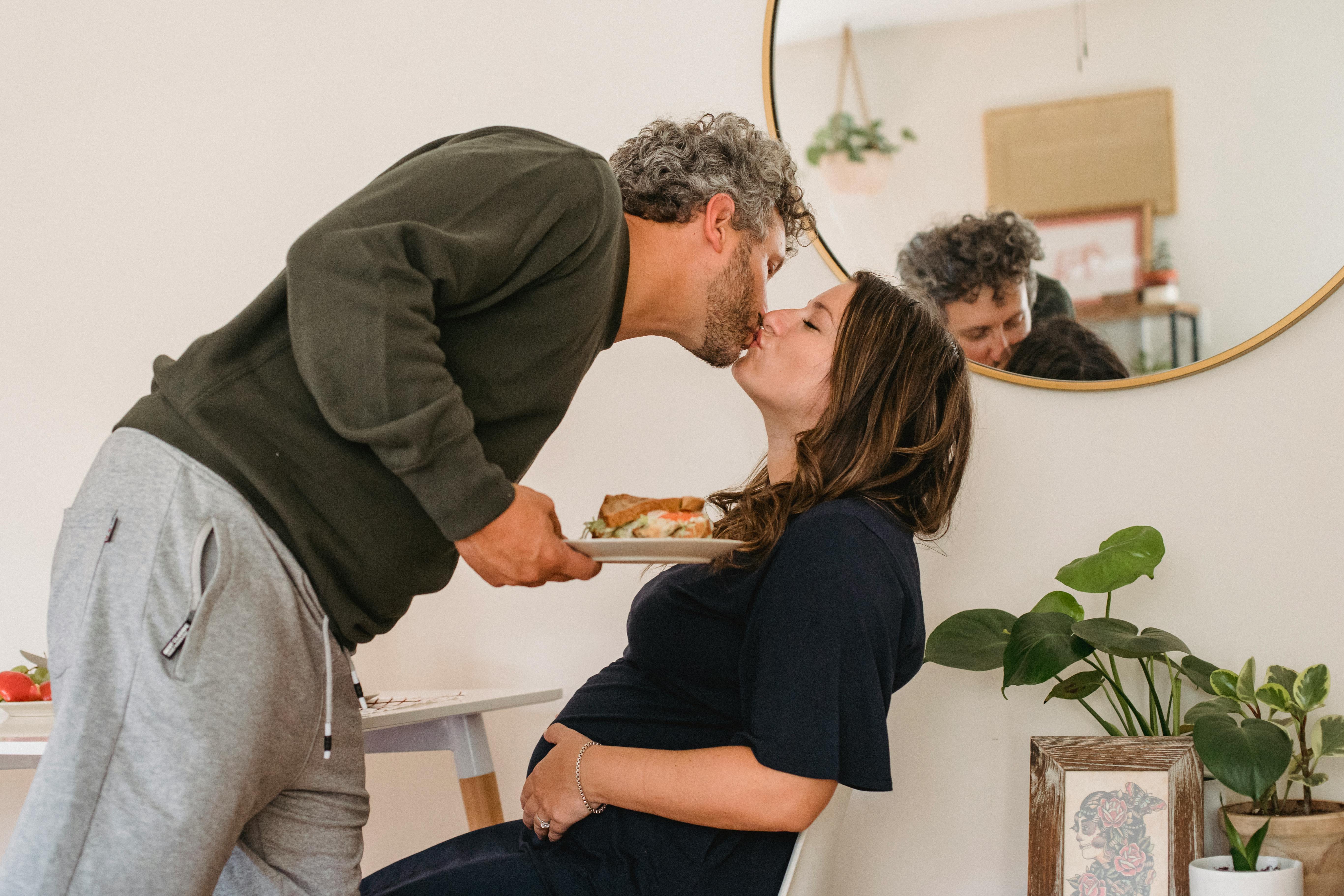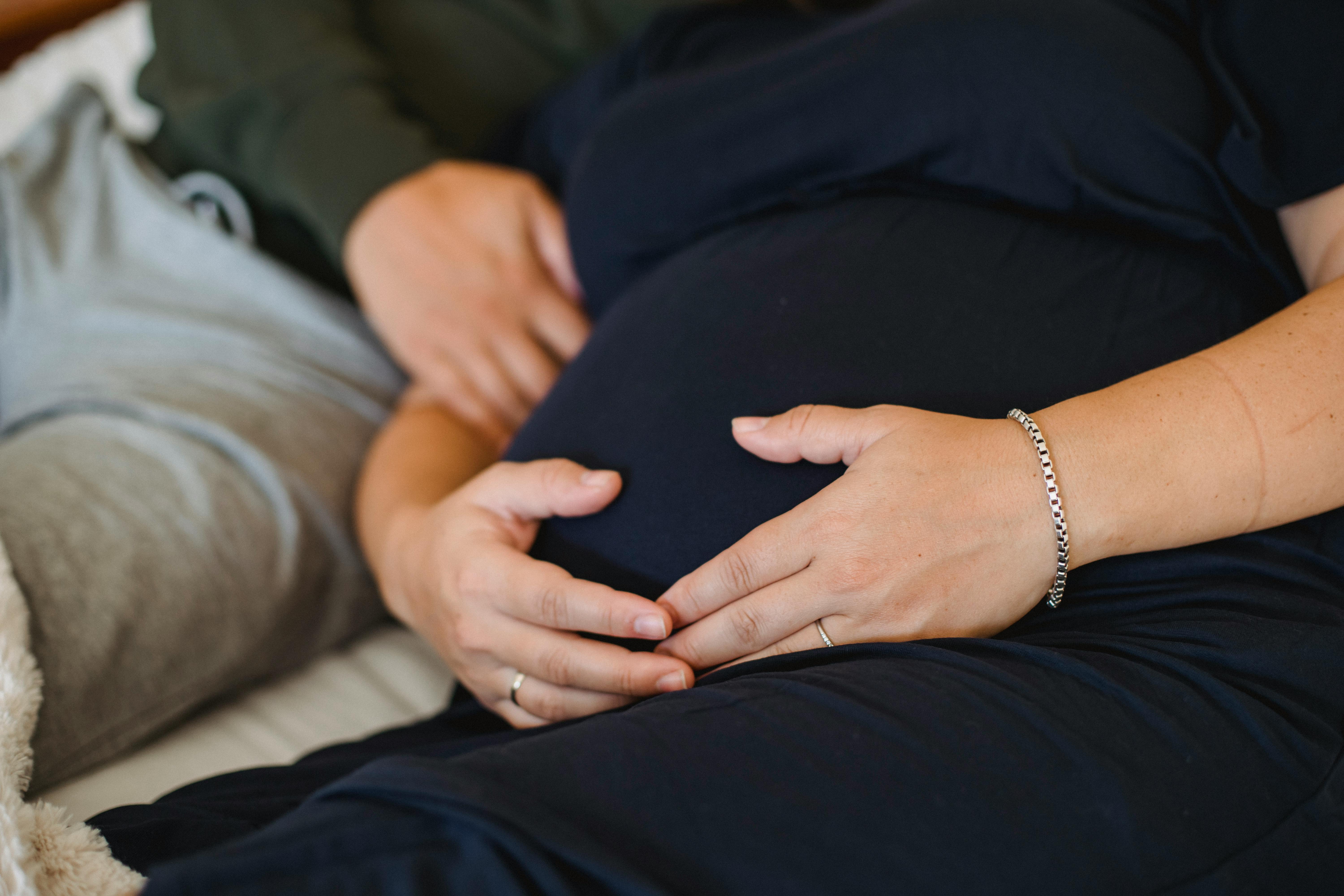Have you ever had trouble getting your kids to keep their toys? I used to think that getting kids to keep their toys after playing is as difficult as asking them to climb a ladder hands-free.
My mindset completely changed after working at the child care center. It’s about making it a habit, a routine, a die-die-must-do task. The key to the game: never do it as a chore.
Tip 1: Get 1 or 2 large storage boxes or bins just for your toys. When the toys can no longer stay in the box, even after testing your balancing skills by bending them over the edge of the box, it’s time to throw them away.
Get in the habit of throwing away toys he hardly plays with right before his birthday. Every parent knows how easily toys pile up after every birthday celebration.
Be careful when it comes to throwing toys. Never throw away a toy that the child insists on keeping. Always ask, “Should we throw this out?” Some may say, “Children want to keep all their toys.” That is not true.
Once the pattern is established and the children understand the reason for throwing some toys; they voluntarily choose toys that they are no longer interested in playing with. When there are fewer toys to put away, it seems less tedious for children.
Tip 2: Ask them to sing Barney’s cleaning song. This song of less than 10 seconds somehow has a magic touch. The more times the children sing, the faster they will move their hands. Who knows? Maybe this 20-year-old Purple Dinosaur (I just found out that Barney is celebrating his 20th anniversary this year) creates songs that stimulate children’s minds.
Tip 3: Count down. This is best when you need them sped up and when the mess is spread ALL OVER THE HOUSE! Usually a count of 10 should do the job, but if there are small pieces like puzzles and Lego then (to be fair) give a count of 20 or even 30.
Tip 4: Never help your children. Always guide them, “Okay, after you’ve put the cars away, pick up the race tracks.” Helping your kids will loosen them up and/or create a “Mommy will keep it for her or me anyway” mentality.
Tip 5: Never say, “I’ll come back and see you.” Even if you don’t help with your hands, it is important that you sit with them throughout the process. For the kids, they are doing it because you told them to and simply because they love you. So if you disappear to do laundry or read the newspapers, they will feel that their effort is not appreciated.
Keeping toys alone indirectly teaches them a very important virtue: responsibility. You play, you stay. You ruin, you clean. Being responsible for your actions is a very valuable lesson.
Tip 6: Be generous with your compliments.
When your children do as instructed, say “Good boy or girl!”
When he decides to use both hands to pick up more than one toy at a time, praise him: “That’s smart, you pick up so many toys at once.”
When you can tell they’re feeling the strain or not motivated, encourage them, “You’re doing great.”
When they start throwing a tantrum in the middle, encourage them, “You’re doing great, I’m so proud of you, it’s almost done. Just a few more pieces over here.”
Try not to keep saying the same words like “good boy or girl” throughout the process. Children like to hear new things, so be creative with your praise.
Tip 7 When the children have completed the whole process, praise them “Good job. Look at the whole place now, it’s so clean and tidy. You kept them up so quickly. Now everyone can walk without fear of stepping on the toys.” , damaging them and hurting their feet. I am very proud of you”.
It is very important to point out to children the big difference between before and after. Keywords like ‘clean’, ‘neat’ and ‘fast’ will remain in the children’s brains as basic criteria that they will have to maintain for the next round.
It is also imperative that your children know that what they did not only pleases you, but makes everyone else happy. This trains your mind to think of others in your actions.
With toys being the main part of their daily enjoyment, by saying the above sentence, you let them know that their favorite toy is also in danger of ‘getting hurt’, if the toy is left lying around. They would want to ‘protect’ their toys from damage and therefore remember to put them away after playing.
Tip 8: When you put away all the toys, always say, “I’m so proud of you.” It is often good to give a small reward. Whether it’s a hug, a kiss, an M&M chocolate, a drink that they like or whatever the little ones like. Rule of thumb: never promise to give the reward before the task is assigned. This will give them the wrong motivating factor.
Tip 9: Never ask your children to do it when they are in a bad mood, tired or about to throw a tantrum. Do you think they will cooperate? Unlucky!
Tip 10: Make it fun. Find a large cardboard. You can help by holding the cardboard and tilting it to create a slide where the landing area is the toy box. Now your kids can put all the toys they picked up off the floor and slide them down into the toy box. Now it has become a game and they will love it!
Tip 11: As for the next playtime, suggest that your kids stick to whatever they’re currently playing with before pulling another toy out of the toy box. This is not mandatory because such a rule limits children’s creativity to play in a different way by combining different toys.
To sum up the tips, have your children put away their toys at a time when they are relaxed, keep them with lots of praise, and make them feel like their efforts are worth it by giving them a reward at the end.



